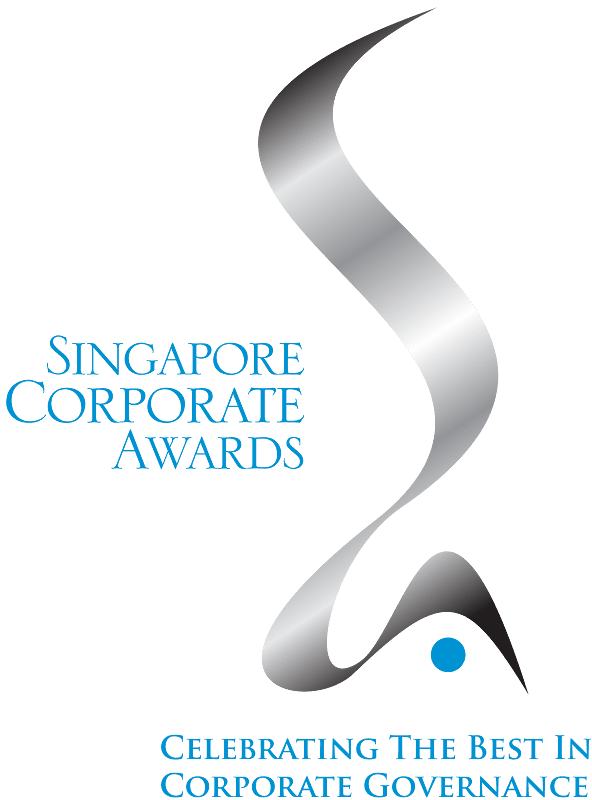From geopolitical tensions and supply chain disruptions to talent shortages, business leaders across industries are grappling with a wide spectrum of risks. Asked what they see as the biggest risk ahead and how their organisations are mitigating them, C-suites of award-winning companies shared measures to strengthen resilience and safeguard long-term growth.
Above S$1 billion in market cap
Soh Kian Tiong, DBS, chief risk officer (Gold)

Two defining risks will shape the future of risk management. Rising geopolitical tensions from US-China dynamics to conflicts in the Middle East and Europe threaten global stability and economic certainty. We are actively strengthening scenario planning to stay vigilant on the potential adverse impact on our portfolios and enhancing our cybersecurity and third party risk oversight. At the same time, the rapid advancement of generative AI is reshaping how banks operate and how customers interact with financial services. We are therefore investing in end-to-end AI governance to adapt our business model and protect customer trust. We want to be future ready and resilient and ensure that we stay secure, agile and relevant in a fast-changing world.
Noel Gerald DCruz, OCBC, group chief risk officer (Silver)
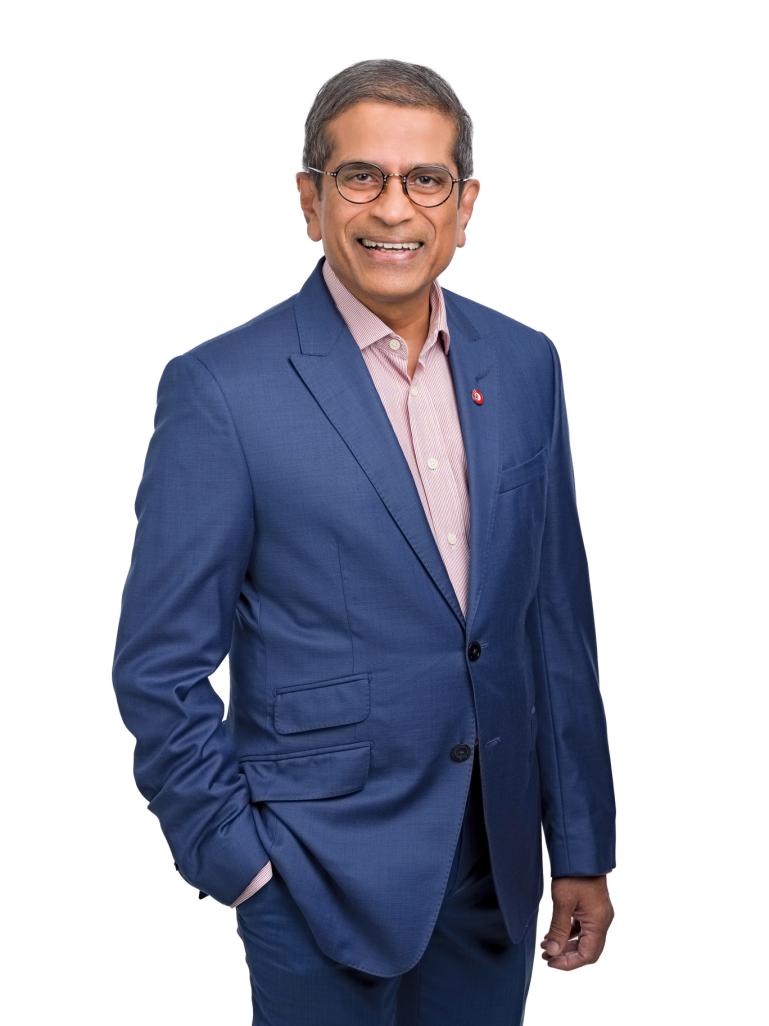
Tremendous shifts in the business and operating environment are taking place, emanating from geo-strategic re-alignments, demographics, new technologies and platforms, and the democratisation of finance. More than ever, a robust risk management framework, backed by a strong forward looking organisation culture, are needed to capitalise on opportunities and address current and emerging risks that these changes present. We view the practice of risk management across customer and market facing functions, and control and support units, as indispensable to our on-going growth and success.
Chan Kok Seong, UOB, group chief risk officer (Silver)
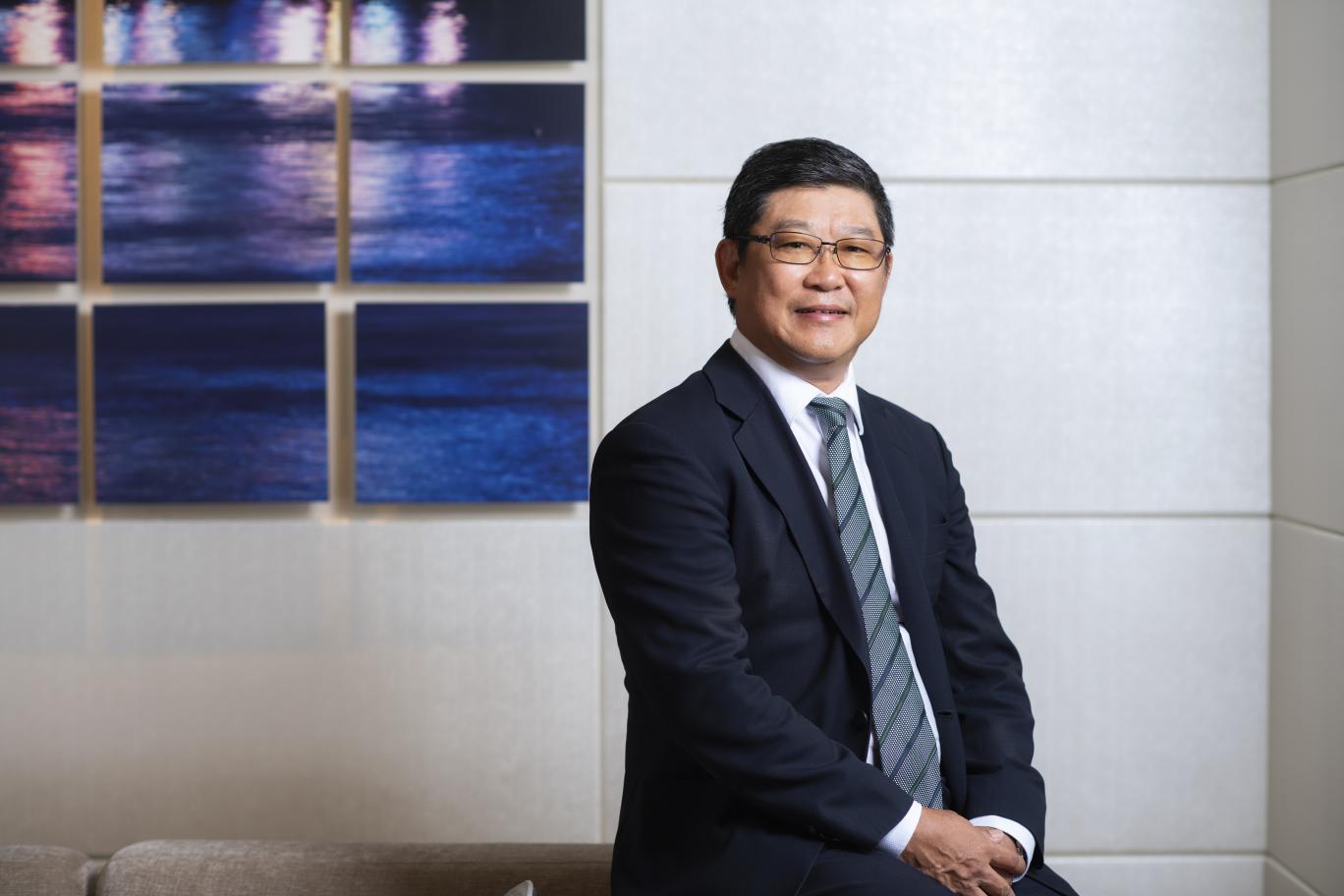
Geopolitical risk remains one of the most significant challenges, with far-reaching implications for markets, trade relations, capital flows and customer confidence. In recent years, the world has seen international conflicts and trade wars, which have a direct and indirect impact on banks. To mitigate this, we remain anchored in our purpose and values, with a prudent risk culture which have built up the bank’s reserves over the last 90 years. We continue to stay nimble and doing right by our customers. This award affirms our belief that our strong culture empowers our people to act with integrity and prioritise long-term value for our stakeholders, especially through volatility and uncertainty.
Between S$300 million and S$1 billion in market cap
Jeffrey Sim, SBS Transit, group chief executive officer (Gold)
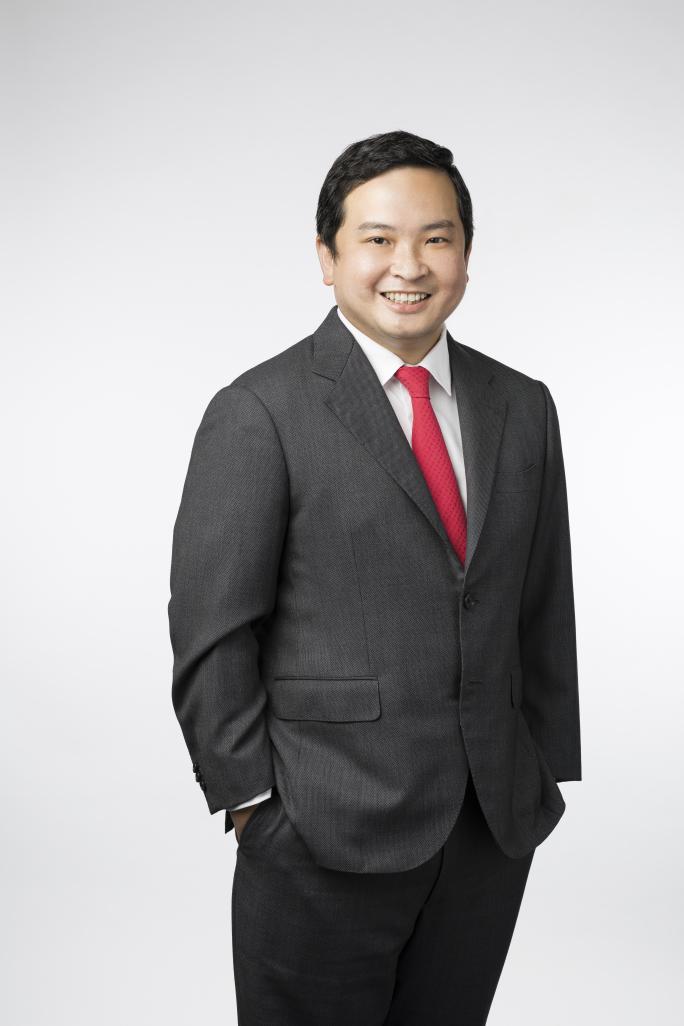
Our greatest enterprise risk as a public bus operator is not having enough local Bus Captains (BCs) to run bus services reliably. With many young locals holding higher educational qualifications and pursuing other careers, recruitment is a challenge. To make the role more attractive, we offer industry-leading pay of up to S$4,500 in the first year, a S$20,000 sign-on bonus, up to S$5,000 in training incentives for experienced heavy-vehicle drivers, and S$4,000 referral rewards. Family-friendly measures such as our “Mummy Scheme” with S$1,000 in annual childcare support, flexible work arrangements, and contract extensions for medically fit retirees help widen the talent pool. Workplace enhancements include free public transport, regular health screenings, and clear career progression pathways in operations, management, or training. We also invest in safety innovations like 360-degree collision warnings and fatigue alert systems. Working closely with the Union, we continue to strengthen our local core and adapt our strategies to secure the manpower needed to keep Singapore moving.
Andrew Lim, United Overseas Insurance (UOI), chief executive officer (Silver)
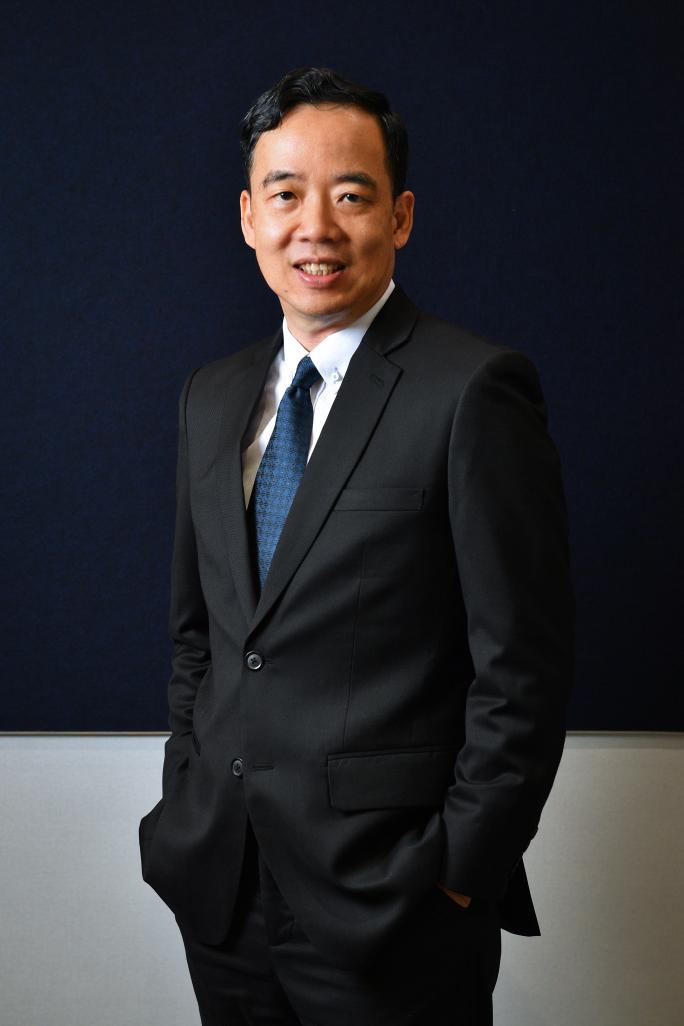
The main risks facing insurers remains investment risks and catastrophe exposures. The investment landscape is marked by market fluctuations, tariff uncertainty and global geopolitical headwinds. At UOI, we exercise defensive strategies in preserving capital through diversifying portfolio risks across our asset classes and allocation of funds with fund managers. Managing catastrophic exposures is critical to protect solvency and ensure long term financial stability. We have put in place active risk management and disciplined underwriting to manage and diversify our risk portfolio. Our digital transformation efforts further streamlined our operations resulting in improvement of customer engagement service delivery. We continue to leverage our distribution synergies with our parent company, while expanding our distribution channels to reach a broader customer base. These initiatives position us well for long-term, sustainable growth as we continue adapting to the challenging landscape.
Below S$300 million in market cap
Eddy See, Banyan Group, president and chief executive officer (Gold)

One of the biggest risks we see ahead is the exposure of global travel to external shocks and event risks, from macroeconomic volatility and currency fluctuations to natural disasters, health events and geopolitical tensions that can disrupt mobility and sentiment. Over the past 30 years, we have weathered similar challenges, from the tsunami and Sars to the global financial crisis, political unrest and, more recently, Covid-19, and through robust business continuity planning and resilience, we have recovered quickly while seizing new opportunities. We continue to remain agile and financially prudent, focusing on long-term value by diversifying our revenue streams, broadening our geographic reach and expanding our brand portfolio to serve a wider guest base. These efforts are not only about mitigating risk, but about ensuring we continue to grow, stay relevant to evolving traveller needs and remain true to our purpose.
Michael Ang, Tiong Woon, chief executive officer (Silver)
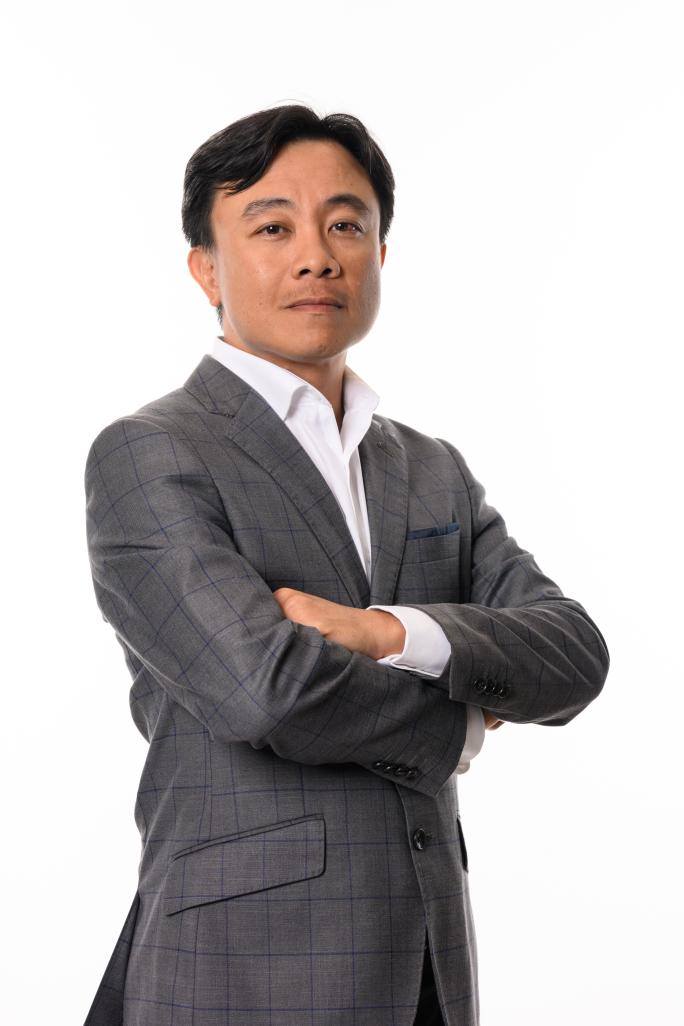
The biggest risk we face is global market uncertainty, with shifting trade policies making it harder to plan ahead. We are monitoring key markets closely and tightening credit controls to manage both exposure and opportunities. Climate change is also a concern; we have started tracking our carbon footprint and will take steps to reduce it. Manpower remains important, so we are recruiting and training new operational crew while building a more diverse, multi skilled team. With supply chain disruptions becoming more common, we are also diversifying our suppliers. As risks continue to evolve, we review our risk map regularly to stay prepared and ensure long term stability.
Yap Kok Cheng, Qian Hu Corporation, executive chairman and chief executive officer (Silver)
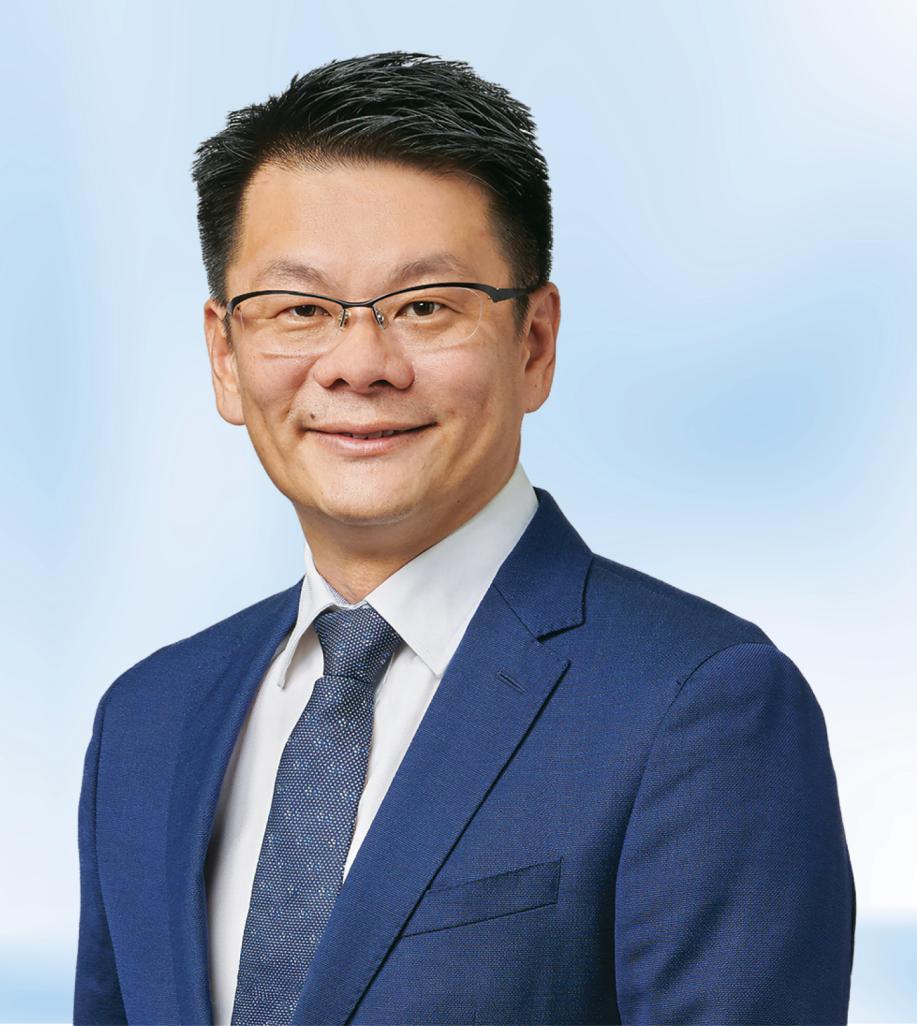
One of the biggest risks ahead for Qian Hu is staying innovative and relevant in a fast-evolving pet and aquaculture industry, while managing ongoing supply chain uncertainties arising from global events, transportation delays and geopolitical tensions.
To mitigate this, we have strengthened our supply chain management systems to ensure real-time visibility and quicker responses to disruptions. We are leveraging AI and IoT technologies to enhance farm productivity and operational responsiveness. At the same time, we are diversifying our supplier base to reduce reliance on any single region, enhancing in-house production capabilities, and applying data analytics to improve demand forecasting and optimise inventory management.
Our board actively cultivates a culture of innovation and risk awareness across all levels of the organisation. In an increasingly unpredictable global trade environment, being proactive and adaptable is essential to maintaining operational resilience and securing long-term business continuity.
